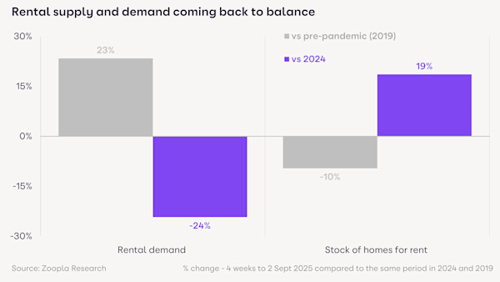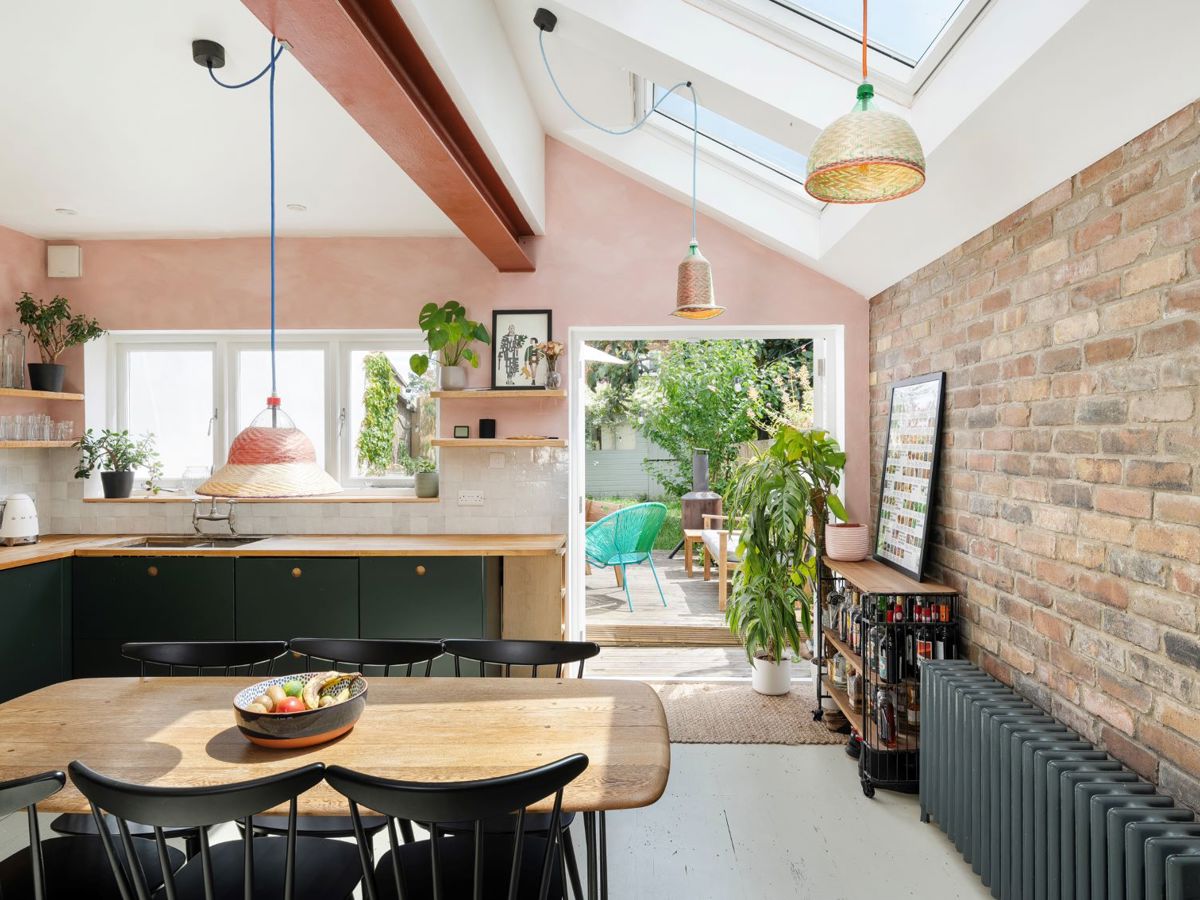Bristol, South Gloucestershire and North Somerset Lettings Market and Rental Yields
Latest lettings update
Bristol’s lettings market is steady, with rents holding at record highs and yields remaining attractive for landlords. The city continues to outperform the wider South West in both rent levels and tenant demand.
Average monthly rent: £1,778 (August 2025, ONS) This is almost unchanged from £1,779 in July 2024 - a 0.1% decrease, showing remarkable stability.
Regional comparison: Bristol rents are significantly higher than the South West average (£1,184) and the UK average (£1,343).
There are currently 3,047 properties available to rent in Bristol. 61.2% of homes listed to rent in the past 12 months were flats. Properties rented in the last month had been on the market for an average of 11 days which is 38.3% longer than a year ago.
Overall, demand remains strong, but the market is more balanced than in previous years, with a slight increase in available rental properties.
Rental Yields
Gross Yields - Gross rental yields across Bristol average between 4.5% and 6.2%.
Gross rental yields (annual rent as a percentage of property price) vary by area, generally inversely related to house prices.
Our top tips
-
Higher-yielding areas
-
Easton
-
St. George
-
Bedminster
-
Horfield
-
These districts tend to offer better returns due to -
- Lower property acquisition costs
- Strong tenant demand
- High demand from young professionals
In the BS8 (Clifton) postcode – where values are highest – yields are tight, around 3% on average. In the more moderately priced North Bristol suburbs (e.g. BS7), typical yields are closer to 4%.
South-of-river districts like BS3 and BS4 can achieve around 4–5% yields, reflecting their lower entry prices and solid rent levels.
Notably, properties in student-heavy or HMO markets (e.g. parts of BS6 around Cotham/Redland) may see even higher yields (5–7% gross) due to multiple tenants sharing.
Some of the strongest performance areas such as Easton, St. George, and Bedminster are showing the strongest income performance due to tenant affordability constraints in more expensive north and west Bristol postcodes.
In North Somerset, Portishead (BS20) offers yields roughly in the 4–5% range (family homes renting for £1,300+ PCM against purchase prices in the £300k’s), whereas Clevedon (BS21), with higher average prices, sees closer to 3–4% yields.
Market Trends
Bristol remains one of the UK’s most desirable rental markets. Strong demand from professionals, students, and families remain. Bristol's population growth and a dynamic job market. Hybrid working trends attracting relocators seeking a balance of urban life and green space.
Student demand continues to underpin the market, especially in areas like Clifton, Redland, and Bishopston. Family homes and HMOs (Houses in Multiple Occupation) remain in high demand, particularly in North Bristol and BS7 areas.
National view point
The UK rental market is normalising after years of rapid growth. Affordability pressures are easing slightly, but remain a challenge for lower-income renters. Landlords are returning to the market, with buy-to-let loans up 60% in early 2025. Investment in rental stock is crucial to meet demand and stabilise prices.
Zoopla say demand is 24% lower than last year on the back of lower migration levels and improved mortgage availability for first-time buyers.
The number of homes for rent has expanded by almost a fifth as new investment increases and some homes for sale are listed as rentals. Growth in supply is higher across all areas, less so in London.
UK rents for new lets are 2.4% higher - lowest annual rate since 2020. Rents in Leeds and Bristol post modest falls as individual markets adjust to shifting supply/demand dynamics
Rents are on track to be 2-3% higher over 2025.




